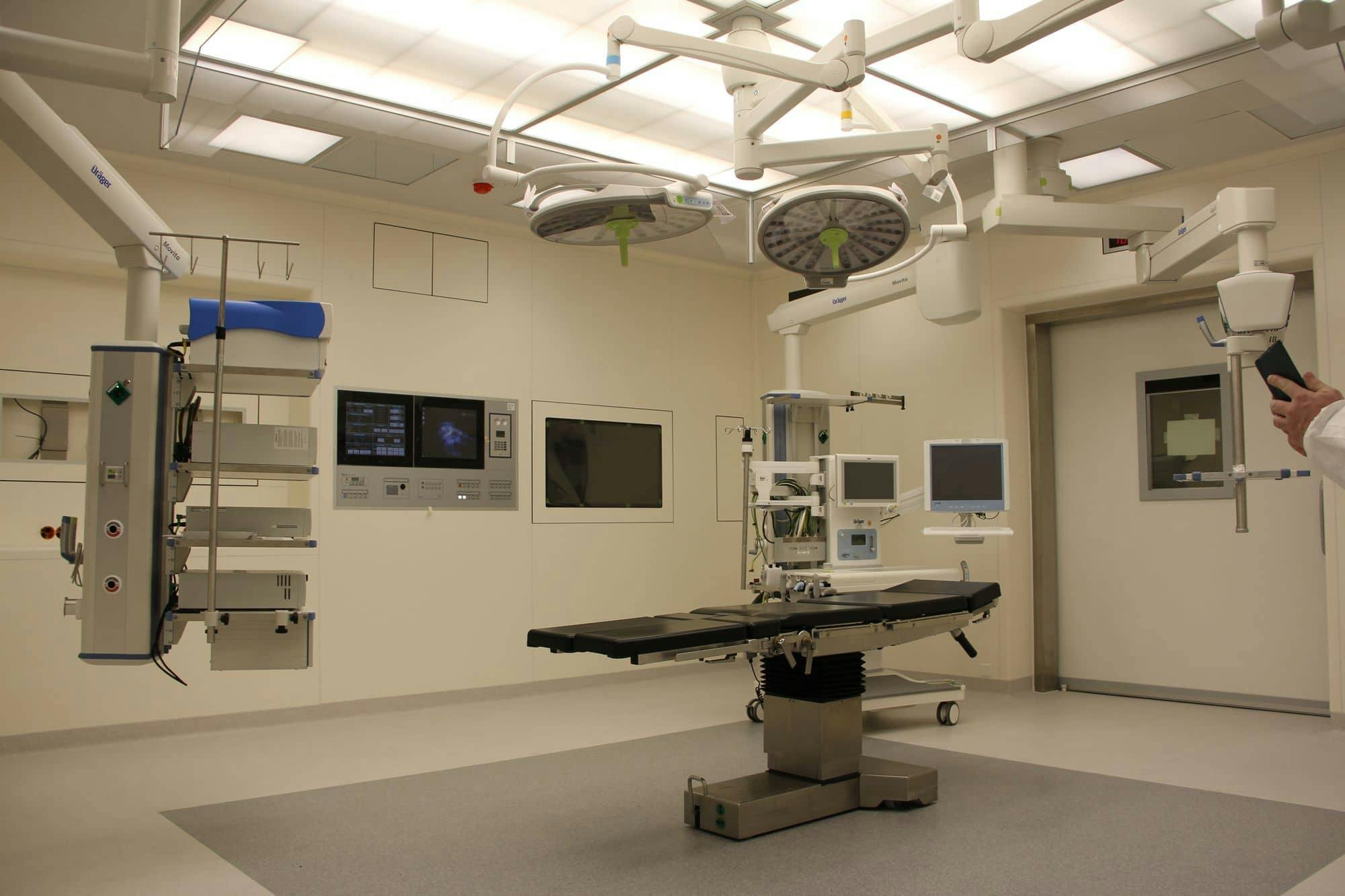
The healthcare sector is diverse, from drug manufacturers, suppliers of medical equipment, and medical personnel to private and public healthcare facilities. What makes this industry very sensitive is the vital and timebound services, dependence on highly trained personnel, patient and family centredness, and the high cost of its infrastructure. Therefore, medical equipment plays a significant role and has significant value in delivering timely services. Consequently, it is essential to have the medical equipment ready, accessible, and available to be used in time. That is where technology comes into play and lends the healthcare industry a hand. A practical method is implementing asset tracking and asset management.
In hospitals, it is crucial to have the right assets at the right time. According to a study by Nursing Times (2009), it is estimated that nurses spend the equivalent of 40 hours per month searching for equipment, which translates into a negative impact on the productivity of these healthcare workers. This delay eventually translates to patients' unpleasant experiences, heavier costs to the families, extended stay at the hospital, and overall quality of healthcare services and customer satisfaction.
The inability to find equipment like ventilators, oxygen tanks, heart monitors, crash carts, IV pumps, and wheelchairs can cause severe problems. Not only is time a critical factor in hospitals and healthcare facilities, but most of the equipment is expensive and can be difficult to replace. There are some cases where some assets are fully utilized and close to the maximum possible, especially when there is an urgency. In contrast, some other equipment is underutilized and is not used very much due to displacement and lack of visibility.
![]()
Photo by Anna Shvets
So, how can asset tracking help the healthcare industry? And what are the benefits?
The implementation of an asset tracking tool within an asset-heavy operation can have many advantages. The benefits include allowing staff to quickly and easily locate medical equipment in real-time, reducing CAPEX costs because of lost or stolen equipment, enabling visible ROI, and tracking usage data. Furthermore, it ensures proper asset usage and performance data, improves inventory management and accuracy, and creates efficient physical space and organized equipment storage.
But how does it work?
Real-time Location Systems are capable of tracking an asset between different rooms, floors, or buildings. To ensure real-time location visibility, tags are attached to the assets that can be detected by readers installed throughout the building. An algorithm will compute the location of the asset based on the data of each reader.
![]()
Photo by RODNAE Productions
This method will help reduce situations where an asset is unexpectedly unavailable, and others go missing. After all, installing this system in healthcare facilities will also help in patients' caring and recovery process and improve the entire patient experience. It can also help notify personnel when equipment requires maintenance, which helps to ensure assets remain compliant.
For example, using this system avoids replacing medical equipment, which dramatically helps in saving a lot of money and time. The number of assets in each healthcare facility is large and the possibility of missing or stolen equipment significantly increases without the necessary means to keep track of assets. That is why there is a dire need for a technological solution to keep track of equipment, secure their accessibility, and facilitate their monitoring, utilization, and operation.
In addition, asset tracking is a perfect solution for solving the increase in wait time for patients. Time management within healthcare operations is highly crucial in a hospital setting.
One needs to consider that the sooner a patient is attended to, the sooner they will be treated and discharged and make room for another patient. By that, the time component is vital in the healthcare industry. On the other hand, some delays are caused by the staff's inexperience in locating the right equipment that can be resolved by implementing a proven IoT solution and quick training.
![]()
Photo by Irwan iwe
Let's say, if a nurse needs to use a medical device that has been misplaced, they will either spend time wandering the premises looking for it or consult a spreadsheet. That is evident from the US nurses draining 6,000 hours per month tracking down lost medical equipment.
In conclusion, the benefits of utilizing IoT devices in a healthcare setting are indisputable and inconceivable. Some of these advantages are truly beneficial for healthcare stakeholders because reducing costs and saving time could literally save more lives. This industry needs to embrace the future now and solve the recurrent problems while IoT technologies become more affordable and easier to implement.